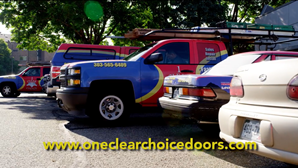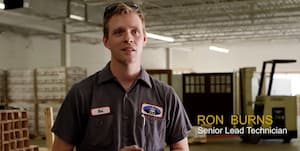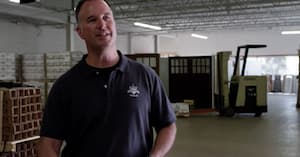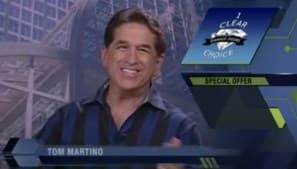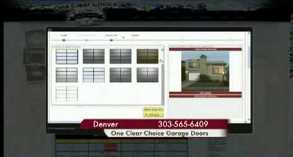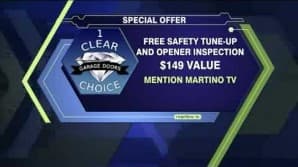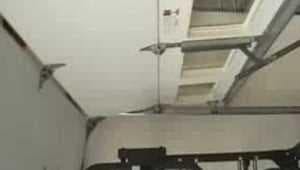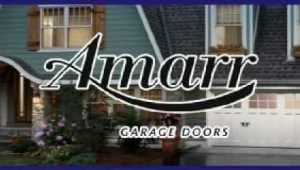Your garage door is an integral part of your home. It provides safety for your vehicles from the elements, storage for those items you’d rather not store inside your house, and convenience for you getting in and out of your car quickly and without being touched by the weather.
But just like with anything that functions to keep your household running smoothly, problems and issues can arise. There are several common types of garage door problems that customers call us about time and time again. Here are some of the most common issues with garage doors:
Garage Door Openers
Your garage door opener is a powerful workhorse. You probably don’t even don’t notice it…until it stops working. Because of age and life expectancy, or power issues, garage door openers can malfunction. There are several problems that can develop with your opener such as your door not closing all the way, or reversing just before hitting the floor.
Opener Remotes
Along the same lines, garage door opener remote controls can also stop working properly from time to time. There are many different types of opener remotes, from push buttons and key switches to keyless entries and induction loop systems. All of these have their own unique potential for failure.
Roller Replacement
Rollers are the pieces that keep your garage door running smoothly up and down the track. Unfortunately rollers can become worn, bent, or broken, causing your garage door to become noisier or stop working altogether. Bent hinges can also result. Fortunately, roller replacement is one of our most performed maintenance jobs.
Bent Track
The track is where the rollers go up and down, ensuring your door opens and closes smoothly. If one of the tracks gets bent or damaged (there is one on each side), it can cause problems to other garage door elements, not to mention cause you the inconvenience of an unusable garage door.
Spring Replacement
There are two different types of springs on garage doors: torsion springs and extension springs. Torsion springs are located directly above the garage door (on the inside of your garage) and provide smooth and even operation. They are responsible for raising and lowering the door safely, as they counterbalance the weight of the door and actually lift it. They work together as a pair. Extension springs run parallel to each track on both sides. Extension springs work independently of each other and wobble back and forth causing uneven wear on door parts. Both sets of springs can crack or break, needing replacement.
Broken Cables
The pulley and cable system is a complex portion of your garage door operation. Cables can and do break and come off the pulleys. A cable by itself is relatively inexpensive, but repairing it yourself is dangerous and complicated and a DIY fix is not recommended.
Panel Replacement
Now to the outside of the garage door – panels can get bumped by cars, bikes, you name it. They can also start to bend or warp if there are greater structural problems going on. Damaged garage panels are usually more than a cosmetic issue, so again, it is best to consult a professional when you need a garage door panel replacement.
Weather Seal Replacement
Weather seal is the rubber stripping that keeps out the rain, snow, and bugs from entering through that thin opening between the bottom of your garage door and floor. It is an inexpensive, but necessary, fix when your weather seal becomes eroded or damaged over time. Homes in harsher weather climates will most likely need to change out their weather stripping more often than houses in milder conditions.
Remember: Garage doors are the largest, heaviest moving part of your home. Any repair is potentially dangerous and we do NOT recommend you do it yourself. Injury or even death can result. If you need help immediately, call One Clear Choice Garage Doors and we will assess the problem.
You may also be interested in:
Troubleshooting Garage Door Openers
The post Common Garage Door Problems appeared first on .
